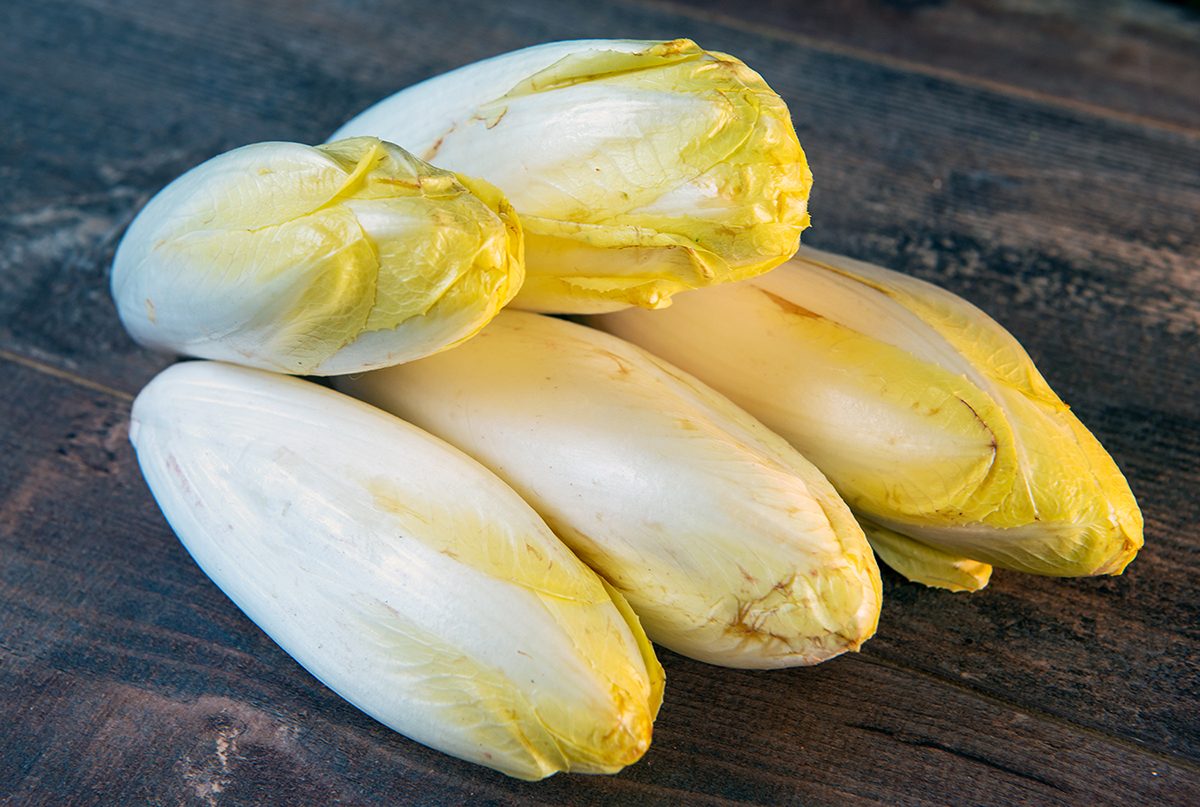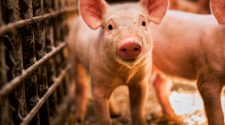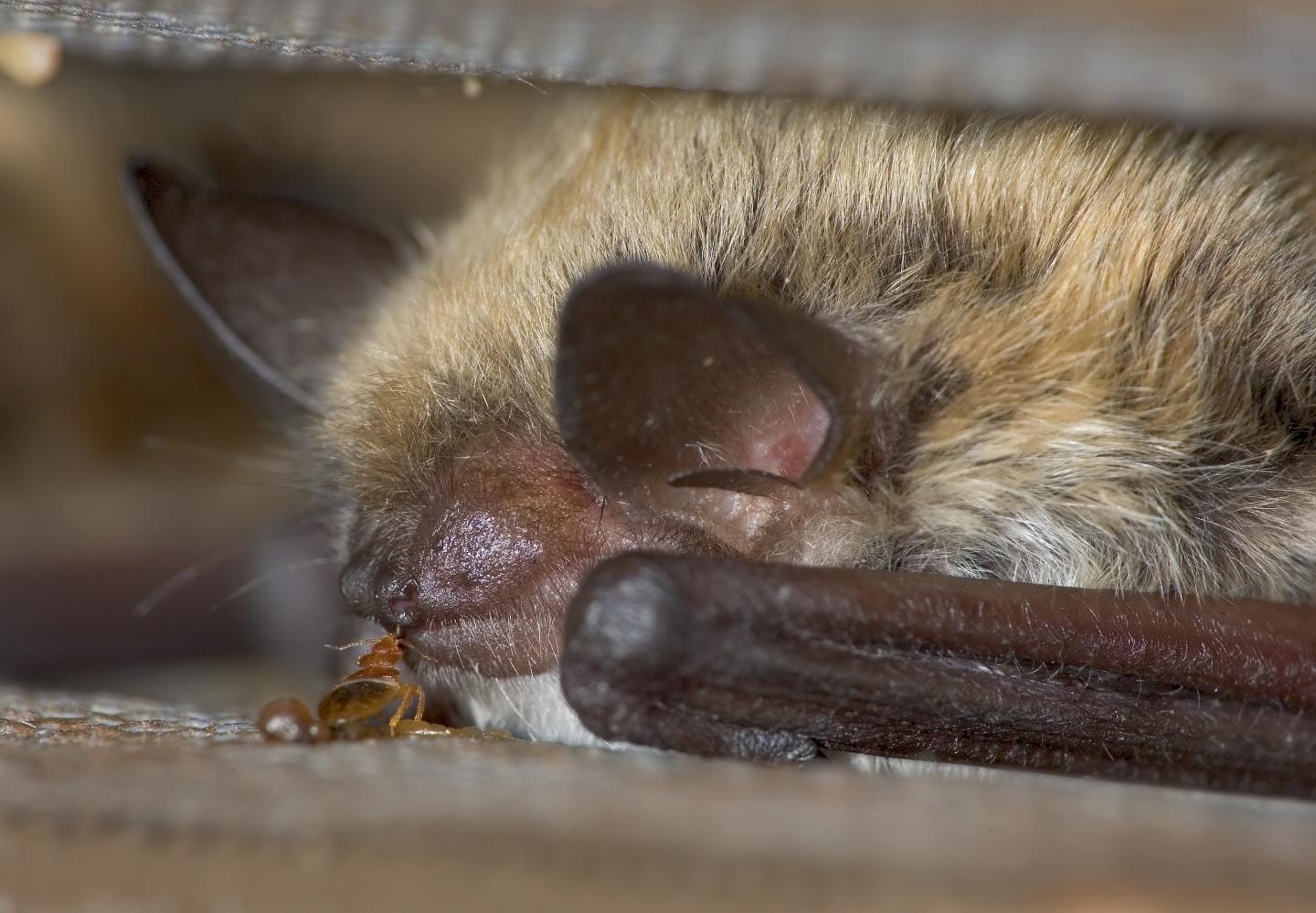How have your farming practices changed over the last 10 years?
More of our critical equipment is guided with GPS. All our rows are now hypnotically straight! This makes for much greater efficiency as well. Seed quality is improving as are the planters used to sow it. This results in some fantastically uniform plant stands that do not require manual thinning yet result in consistently-sized roots. Food safety concerns are also paramount in our minds. It’s super important to produce a quality product that’s good for consumers.
How will farming evolve in the next five years?
Efficiency will be paramount, optimizing the use of scarce resources – especially water here in California – but also labor, fuel, fertilizer, packaging, just about everything. We really need to be focused on greater stewardship and the minimization of waste while consistently producing quality product.
What is your greatest challenge as a farmer?
In the world of “on-deev” our greatest challenge, believe it or not, is ignorance in the market place. After 30 years we are pretty good growers, though we always strive to be better. However, people still ask what it is, what to do with it, why it’s pronounced “on-deev” and not “n-dive,” why it’s slightly bitter. Retail pricing is also an issue. Endive often retails for $3.99 – 5.99 per pound. We compete against chips and crackers as whole endive leaves are often times used as the base of elegant appetizers. Few consumers consider the price of chips and crackers on a per pound basis – basically $5.00 – 15.00 per pound! However, they are quick to conclude that endive is too expensive. Frustrating for us.
Lots of endive is used in salads too. The shrink is basically zero as all the head can be used. Salad mixes too are great value, but often retail in small packages again for the equivalent of $5.00 – $15.00 per pound. Despite producing endive in America for 30 plus years these are still a huge obstacles to overcome and it challenges us every day to be better growers, marketers and communicators.
How does a farmer know what a retailer will want a year from now?
We really don’t. We can always try to extrapolate a good “hunch” from historical data viewed through the prism of our best guess about the future course of events, but we tend to focus on what the consumer might want or what we think we can influence them to want. Certainly not easy for a grower our size.
What steps are you taking toward conservation on the farm?
We just built a facility for the storage of our roots that is perhaps the most efficient cold storage building in America. The walls are 22 inches thick, rendering a wall with an insulation value of R98. The electrical use is quite low for a facility its size. Drip irrigation is becoming more prevalent in our operations as well. We also recycle all our waste materials, including some 5,000 tons of spent chicory roots that are used for cattle feed. I love to recycle and hate to see a wasted opportunity.
Do you sell any of your products locally, and if so, what is the process?
We sell a great deal of our product right here in northern California, our original market dating back to 1983. We work primarily with wholesale distributors and sell some to chains directly. A few key restaurants purchase directly from us, though it’s not business we actively seek. However, when a Thomas Keller (French Laundry and Bouchon in Yountville) or Alice Waters (Chez Panisse in Berkeley) come calling we don’t turn away such a customer! We also have some very limited Farmers Market sales as well as a small amount of “walk-in” traffic mainly with local French/Belgian/Dutch ex-pats who have learned of our operation. They all seem to have an endive story or favorite recipe from the old country.











